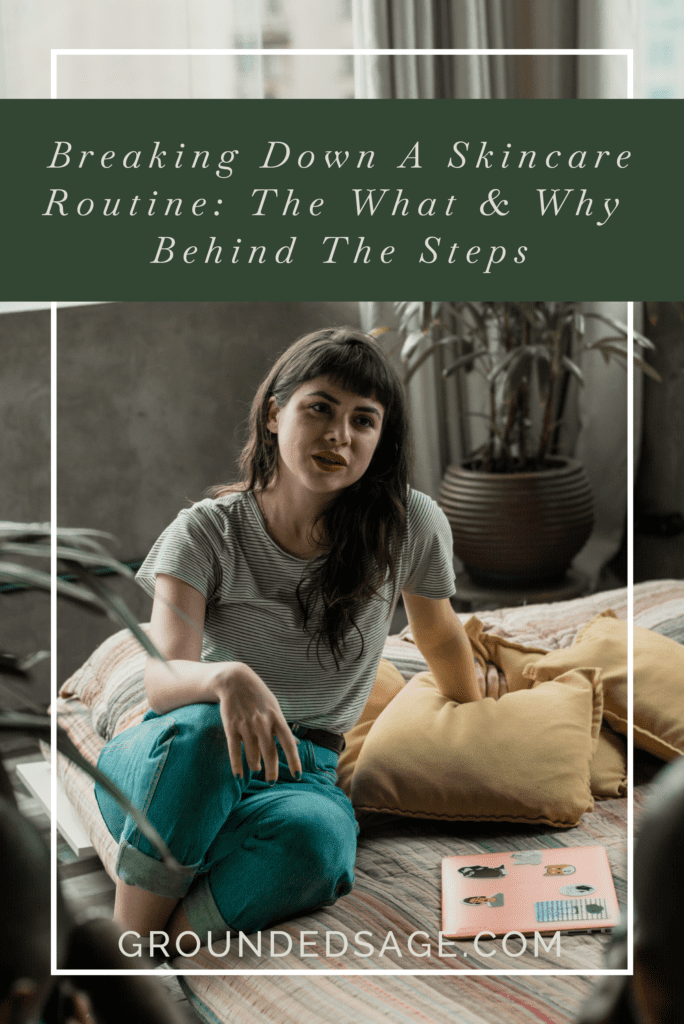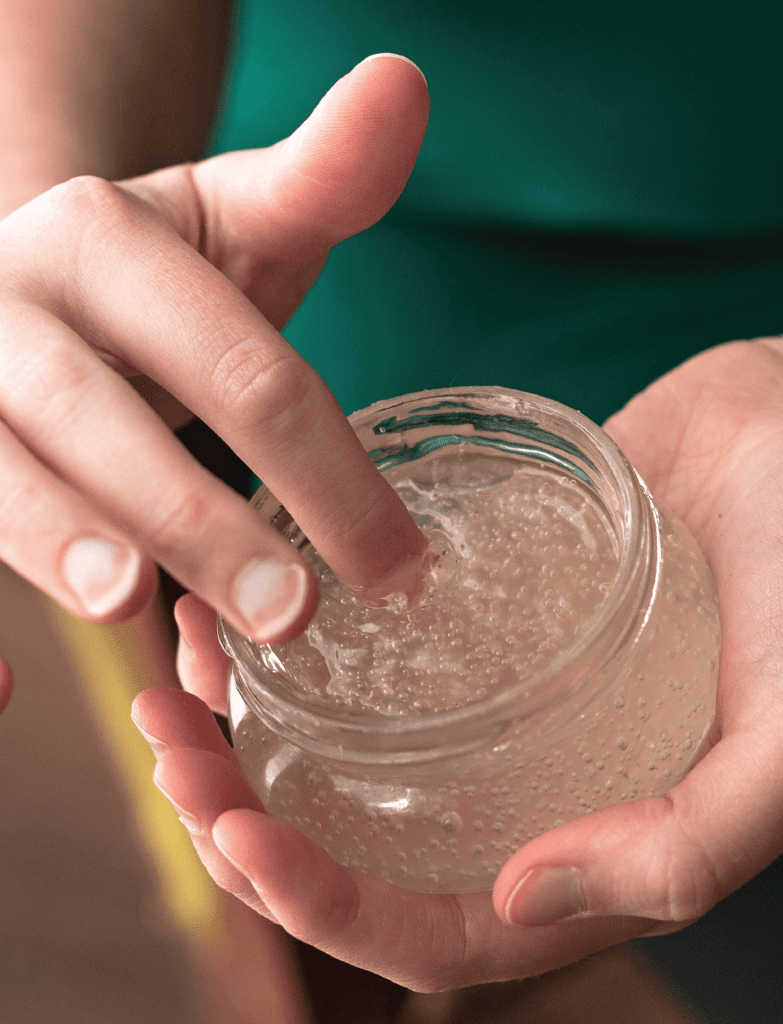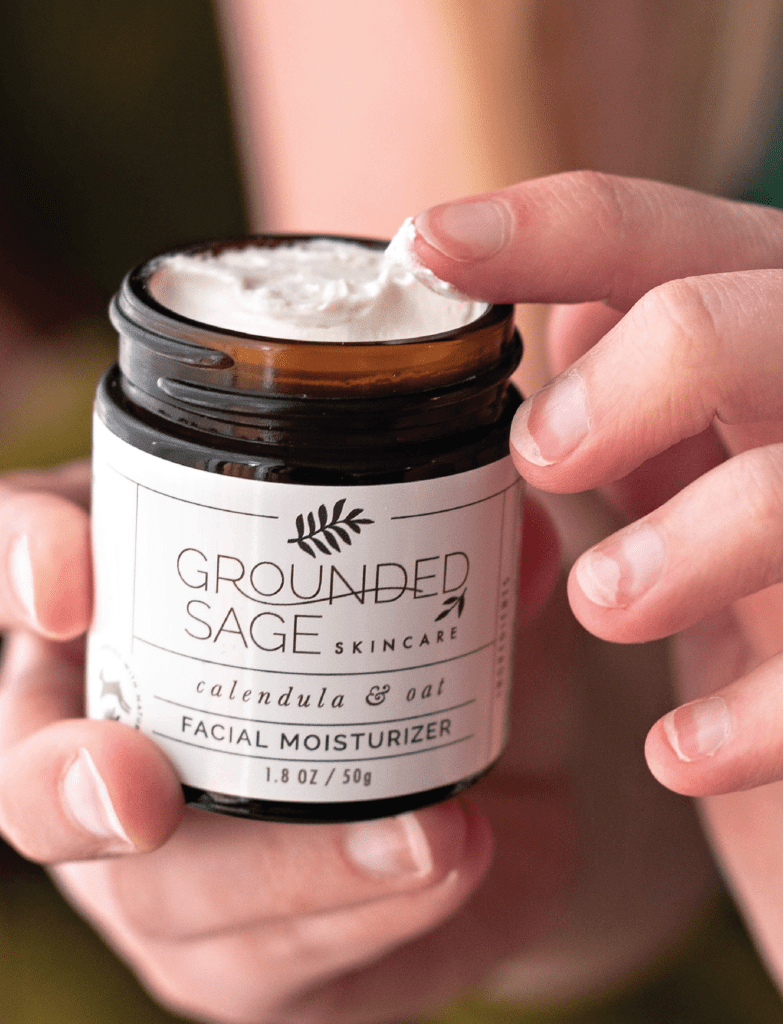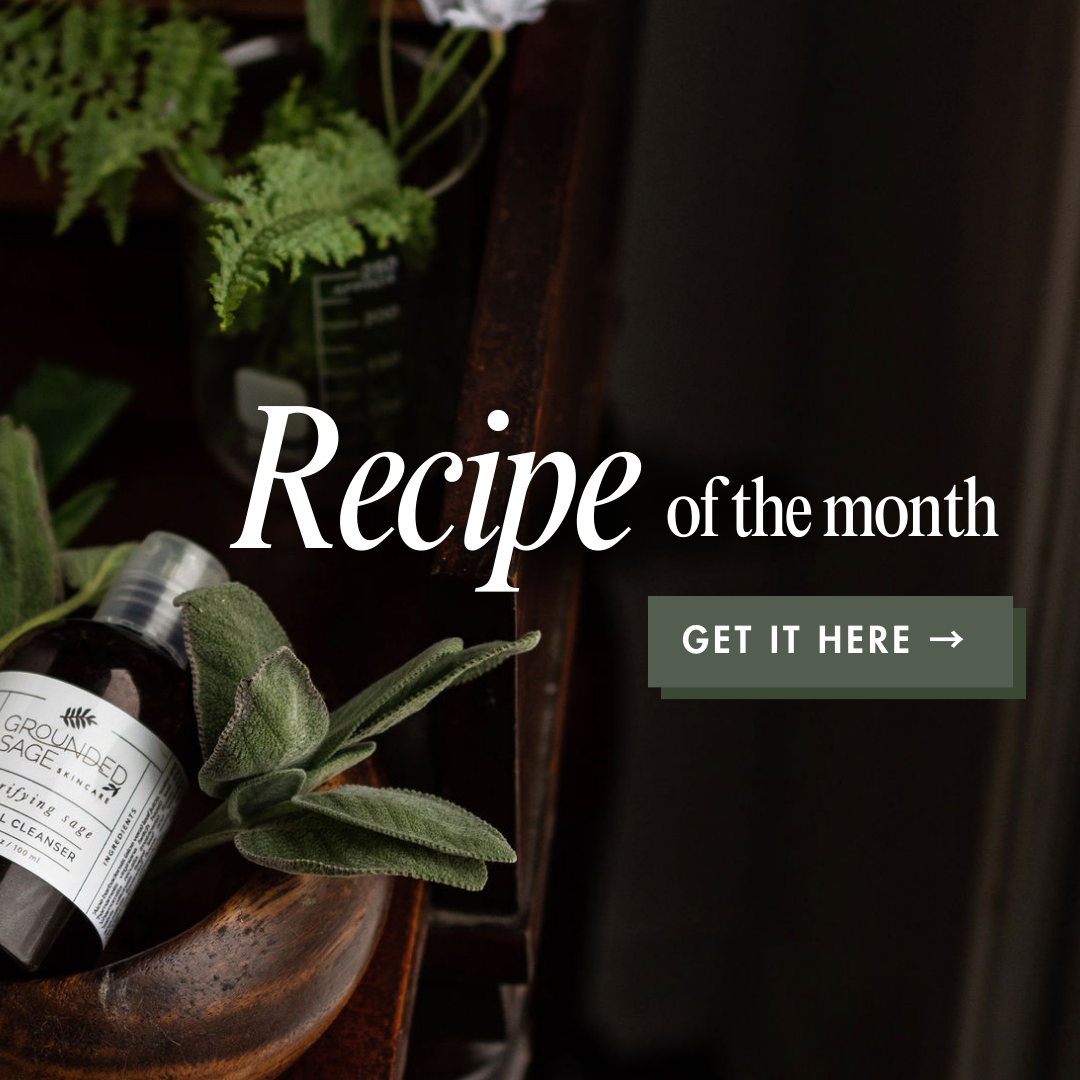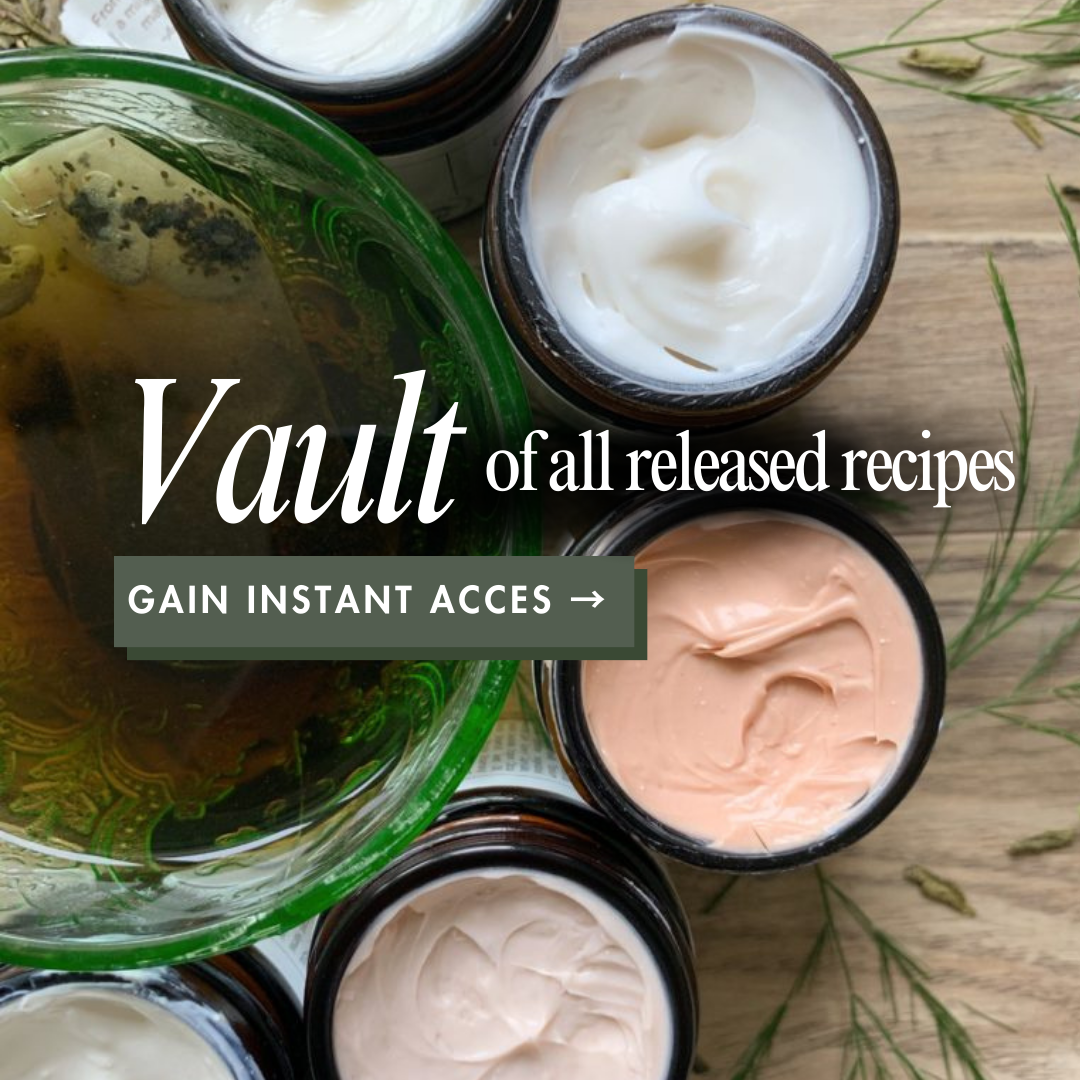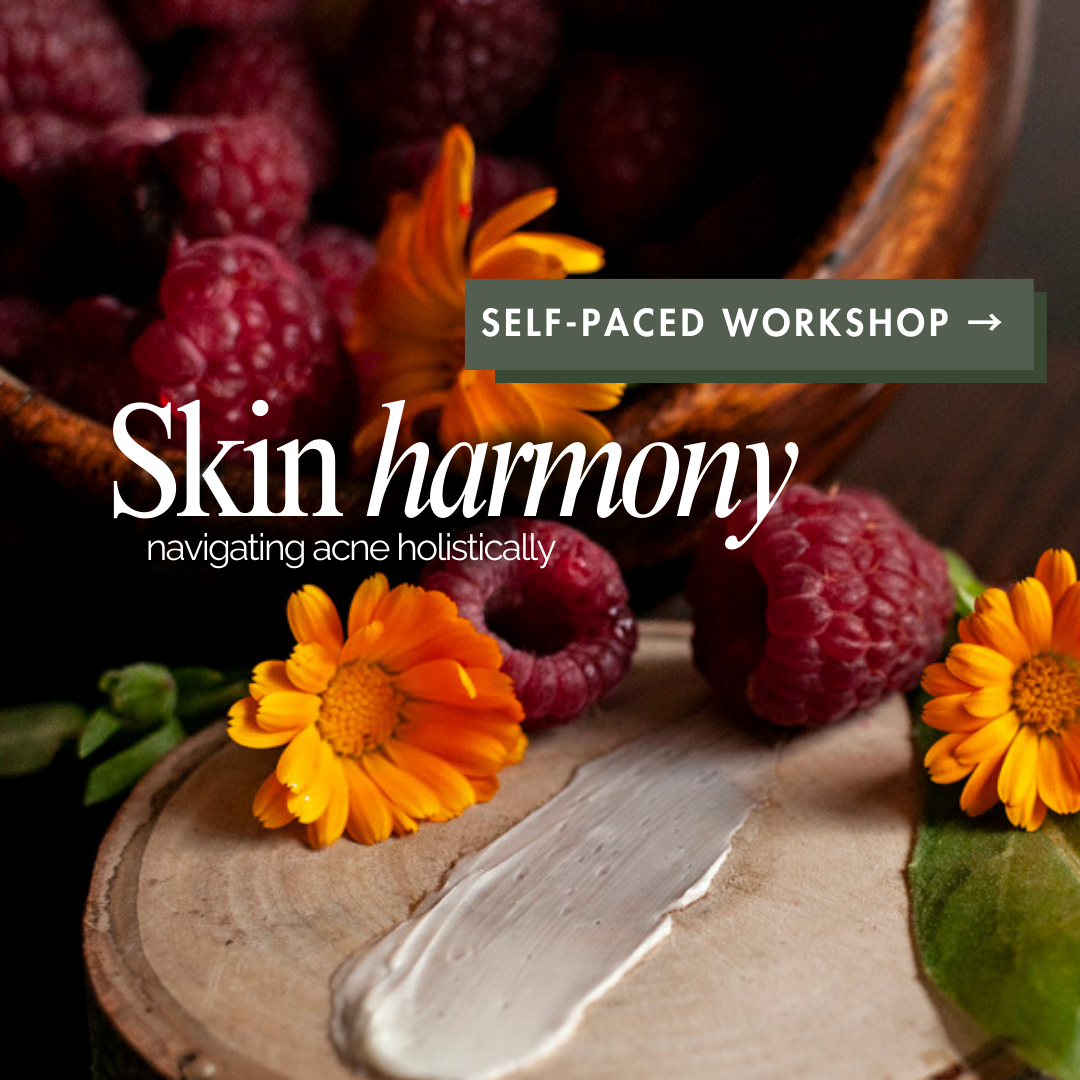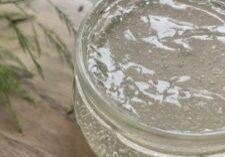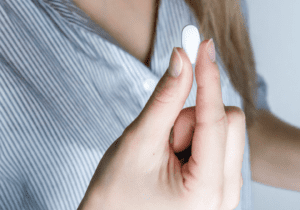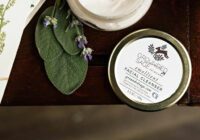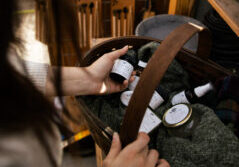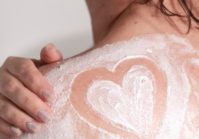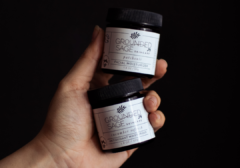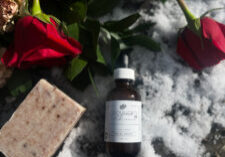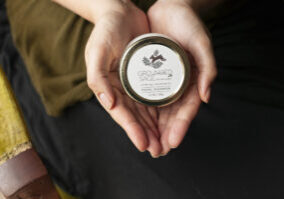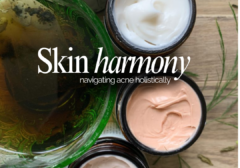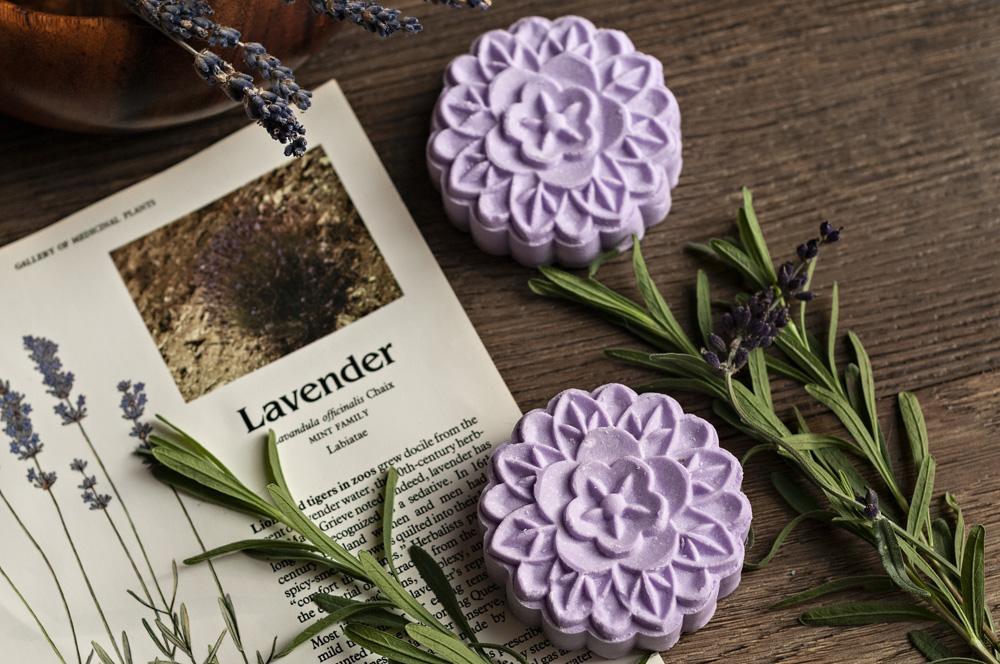
I often get asked what the bare-bones, must-have steps in a balanced, green beauty skincare routine are. Basic routines are my favourite because they are easy to follow and more likely to be executed. When our skin needs extra support, we can quickly figure out where to make tweaks. In this post, I’ll share the steps that, if our skin could talk, would tell us it wants to remain balanced, happy, and healthy.

Cleansing
In the most basic of routines, having a step that removes excess oil, dirt, debris, pollution, or products not suitable for daytime or nighttime (depending on when we’re cleansing) or makeup, sounds pretty straightforward. Cleansing, even though most people agree it’s something we should be doing, don’t always do! I get it. Sometimes we don’t want to be bothered. Below are the reasons why it’s important – if you need some motivation. If motivation isn’t the issue but finding the right product is, use our quiz, or connect with our community.
Why cleanse in the morning: Cleansing the morning is important for removing any products from that night before that didn’t fully absorb into our skin. These products will get in the way of our daytime products absorbing correctly. Removing any products that exfoliate our skin (like AHAs or vitamin C) is key, so our skin doesn’t become even more sensitive to the sun. It’s also important to remove anything our skin has purged during the night while it performed its restorative work. We don’t want those substances sticking around and irritate our skin.
Why cleanse in the evening: Cleansing in the evening is essential for removing daytime products like sunscreen or products with sun-blocking ingredients like zinc or titanium dioxide. It’s also important for removing anything our skin has “collected” throughout the day like dirt, allergens, and pollution. Cleansing in the evening is important for acne-prone skin types as any oil on our skin that has oxidized due to UV exposure will irritate and clog our pores.
Wondering which cleanser is best for your skin? Find out with this quiz.

Hydrating
You might be surprised to see hydration and moisturizing as two different steps as we’re looking at the steps in a completely paired down balanced skincare routine but here’s the thing! I truly believe a hydration step (which is often missed) is essential for the health of our skin. I consider it a critical step in any balanced, supportive, slow skincare routine. Dehydrated skin contributes to the vast majority of skin problems and concerns, and while moisturizing seals in hydration (the water content in our skin), hydrating our skin giving our skin a big drink of water (and extra hydration for our moisturizer to seal in). The exciting part about using a botanical-based hydrator is that we can work a lot of skin-loving benefits into our skin’s “drink of water” like calming chamomile and soothing aloe.
When to hydrate: always and often! Hydrate after each time you wash your face (apply after cleansing and before moisturizing). Also, if you know your skin is going to be exposed to dry or hot air, don’t be shy about misting on extra hydration with a hydrating mist as needed.
Wondering which hydrator is best for your skin? Find out with this quiz.

Moisturizing
Since you now know that hydrating our skin helps protect it from common skin concerns (see a list here), sealing that hydration in so it’s not lost to the air is a no brainer. The way we do that is by moisturizing but moisturizing goes beyond making sure our skin doesn’t get dehydrated when we combine it with our hydrating step, though that’s super important!
Moisturizing also protects our skin by providing a protective barrier for our skin that keeps allergens and irritants out. If you’ve suffered from sensitive skin, you know how important this is! For those who haven’t experienced sensitive skin, moisturizing is the way to keep it that! Learn more about supportive barriers for our skin in this post.
Another huge benefit to moisturizing (especially for skin types that are prone to acne, breakouts, congestion, and blackheads) is that a well-formulated moisturizer will include a big dose of antioxidants. A moisturizer rich in antioxidants helps to stop oxidization of our oils (as does sun protection which is the last step in our simple skincare routine). Oxidization due to UV exposure harms our skin because, not only does it spark inflammation, it turns helpful lipids on our skin into pore-clogging substances (which are the last thing acne or congestion-prone skin needs). A moisturizer rich in antioxidants (to put out the fires of inflammation from oxidization and inflammation), plus following up with sun protection, is the best way to keep skin from getting congested and irritated due to environmental factors.
Why moisturize at night: It seals in hydration and prevents the most common skin concerns from occurring. Moisturizing also gives our skin a layer of protection overnight when the air in our homes might be drying to our skin. This is especially true when indoor heating is on. Moisturizing at night also gives you a chance to give your skin a helping hand as it works to restore and repair its self. A moisturizer rich in lipids (something that plant-based oils are made up of) gives your skin the building blocks for repair and maintenance work.
Why moisturize during the day: It seals in hydration, protects skin from environmental factors, reduces sensitivity by fortifying the skin’s barrier, and provide a dose of antioxidants that help put out the fires of inflammation that lead to sensitivity, congestion, breakouts, etc.
Wondering which moisturizer is best for your skin? Find out with this quiz.

Sun protection
I think we can all agree that protecting our skin from getting a sunburn is essential but what about protecting it cumulative UV exposure? Is this important? Even though it’s something your skin doesn’t alert you to as quickly as a sunburn, reducing our cumulative UV exposure is super important not just for the health of our skin, but for the health of our whole body
Most of the cumulative sun exposure we experience happens when we aren’t thinking about it – like when we’re driving in the car, taking a quick walk to the mailbox, or working next to a window.
Fun fact: Glass, like that in your office windows or the driver’s side window in your car, doesn’t filter out UVA rays. UVB rays are responsible for sunburns (a shorthand way to remember the difference is UVB = burns). UVA rays, on the other hand, make up the majority of our cumulative sun exposure. Many think of UVA as ageing rays. They penetrate deeper, are responsible for the number one cause of extrinsic skin ageing factors (factors we can control), and damage skin cells in the basal layer of the epidermis, where most skin cancers occur *).
If you want to keep your skin healthy, free of congestion (see moisturizing above for more on how UV exposure contributes to congestion), and prevent damage to fibroblasts (they produce collagen in the skin which gives firmness to the skin) and elastin in your skin (which provides flexibility to the skin), UV protection is a must. Protecting our skin from UV exposure goes beyond just keeping our skin from getting congested and looking great. Prevention is also a crucial step in reducing our risk of skin cancer (see this post by the Skin Cancer Foundation for more prevention measures).
When to wear sun protection: Apply broad-spectrum sun protection every day, during the day. Look for sun protection that uses green, physical sun-blocking ingredients like zinc and titanium dioxide.
* Epstein, John H, MD; Wang, Stephen Q, MD. “UVA & UVB.” Skin Cancer Foundation, May 24, 2013, www.skincancer.org/prevention/uva-and-uvb/.

Hopefully, you can now piece together how these essential, basic steps are interconnected when it comes to skin health. When one is missing, the whole story becomes muddled and less effective. When that harmony is created in your skincare routine, there’s no stopping your sparkle from shining!
With love & radiance,
![]()

Pin this article for later:
